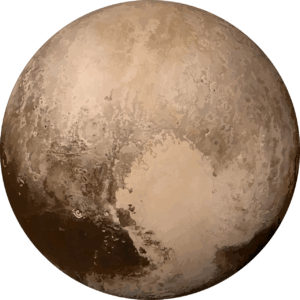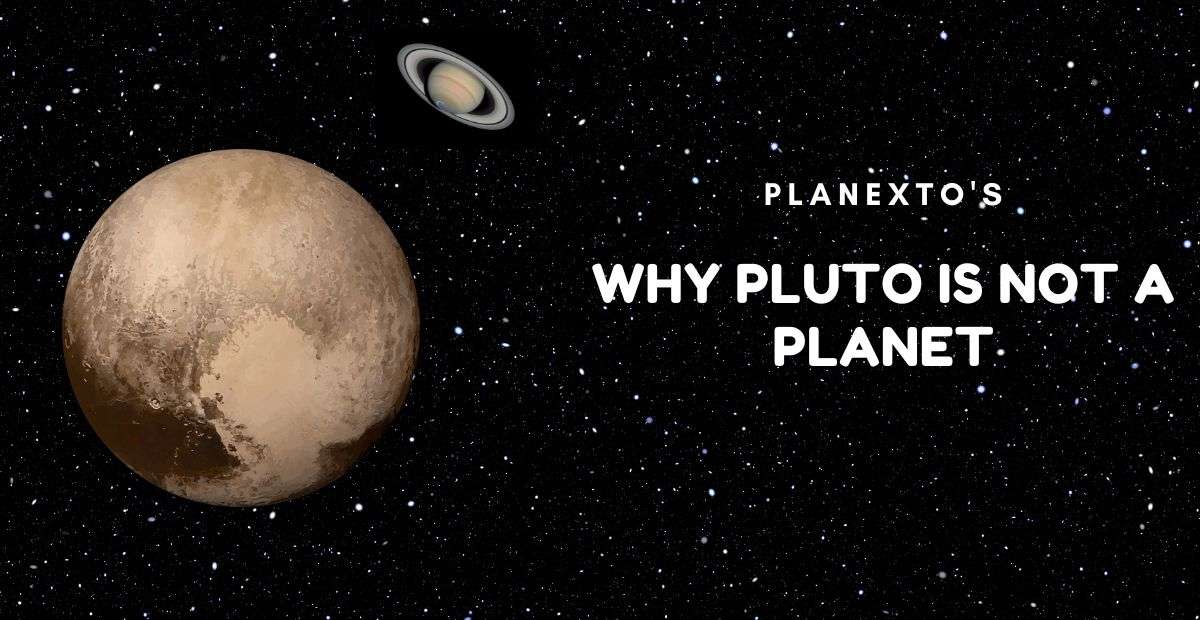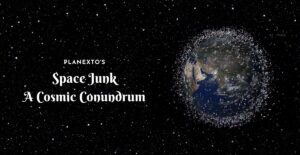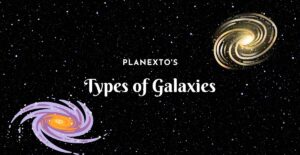Introduction
Pluto’s reclassification: why is pluto not a planet from the ninth planet in our solar system to a “dwarf planet” in 2006. It marked a pivotal moment in the field of astronomy. This decision, made by the International Astronomical Union (IAU), was based on new scientific knowledge and redefined what constitutes a planet. In this blog post, we’ll explore the reasons behind Pluto’s reclassification and how it has reshaped our understanding of our celestial neighborhood.

The Debate Over Pluto’s Status: Why is pluto not a planet?
The debate over Pluto’s planetary status had been ongoing for years prior to the IAU’s decision. When Pluto was first discovered in 1930, it was welcomed as the ninth planet in our solar system. However, as astronomers expanded their knowledge of the outer regions of our solar system, they began to identify other celestial bodies of similar size in the Kuiper Belt beyond Neptune.
The IAU’s New Definition
To address the growing uncertainty surrounding Pluto’s classification, the IAU established a new definition for what qualifies as a planet. According to this definition, a celestial body must meet three criteria to be classified as a planet:
- Orbiting the Sun: It must orbit our Sun.
- Spherical Shape: It must have a roughly spherical shape, indicating it has achieved gravitational equilibrium.
- Orbital Clearance: It must have cleared its orbit of other debris, meaning it gravitationally dominates its immediate surroundings.
Pluto met the first two criteria as it orbits the Sun and possesses a spherical shape. However, it failed to meet the third criterion. Pluto shares its orbit with other icy bodies in the Kuiper Belt, including Eris, Makemake, and Haumea. These objects were collectively labeled as “plutoids” or “trans-Neptunian objects.”
The “Clearing Its Orbit” Criterion
The concept of “clearing its orbit” entails a planet’s ability to gravitationally dominate its immediate surroundings and ensuring there are no other celestial bodies of comparable size present. In Pluto’s case, it shares its orbit with other objects of similar size, rendering it unable to satisfy this criterion. As a result, the IAU decided to reclassify Pluto as a “dwarf planet.” This new classification recognized Pluto’s significance and unique status as a large, spherical object within the Kuiper Belt while distinguishing it from the eight traditional planets that met the revised criteria.

Mixed Reactions
The reclassification of Pluto sparked both support and controversy. For many, it was a departure from the familiar concept of Pluto as the ninth planet, prompting a sense of nostalgia and disappointment. Others supported the change, seeing it as a step towards clarifying the classification of celestial bodies and aligning with our evolving understanding of the solar system.
The Legacy of Pluto
Since the reclassification, the term “dwarf planet” has been used to describe other celestial objects that meet the first two criteria but not the third. Examples include Eris, Makemake, Haumea, and even Ceres, which resides in the asteroid belt between Mars and Jupiter.
Conclusion: Pluto’s New Identity and Our Evolving Universe
Finally, Pluto’s reclassification: Why is pluto not a planet? from a planet to a dwarf planet was a significant moment in the history of astronomy. It showcased the fluid nature of scientific knowledge and the importance of keeping definitions in line with our expanding understanding. Pluto’s new identity as a dwarf planet invites us to embrace the dynamic nature of science. It reminds us that there is much more to explore and discover in our ever-evolving universe.
FAQs
Q: Is Pluto Still a Planet?
A: Contrary to nostalgic beliefs, Pluto is no longer considered a traditional planet. The reclassification emphasized the need for updated criteria, excluding Pluto from the planetary lineup.
Q: Why Was Pluto Reclassified: Why is pluto not a planet?
A: Pluto’s reclassification stems from a scientific reassessment of what defines a planet. As our understanding of the solar system evolved, the criteria for planetary status adapted, leading to Pluto’s change in classification.
Q: What is the Kuiper Belt, and How is Pluto Connected?
A: The Kuiper Belt is a region of the solar system beyond Neptune, hosting a myriad of icy bodies. Pluto’s connection lies in its location within this belt, influencing its status as a dwarf planet.
For more questions: Follow me on QUORA








